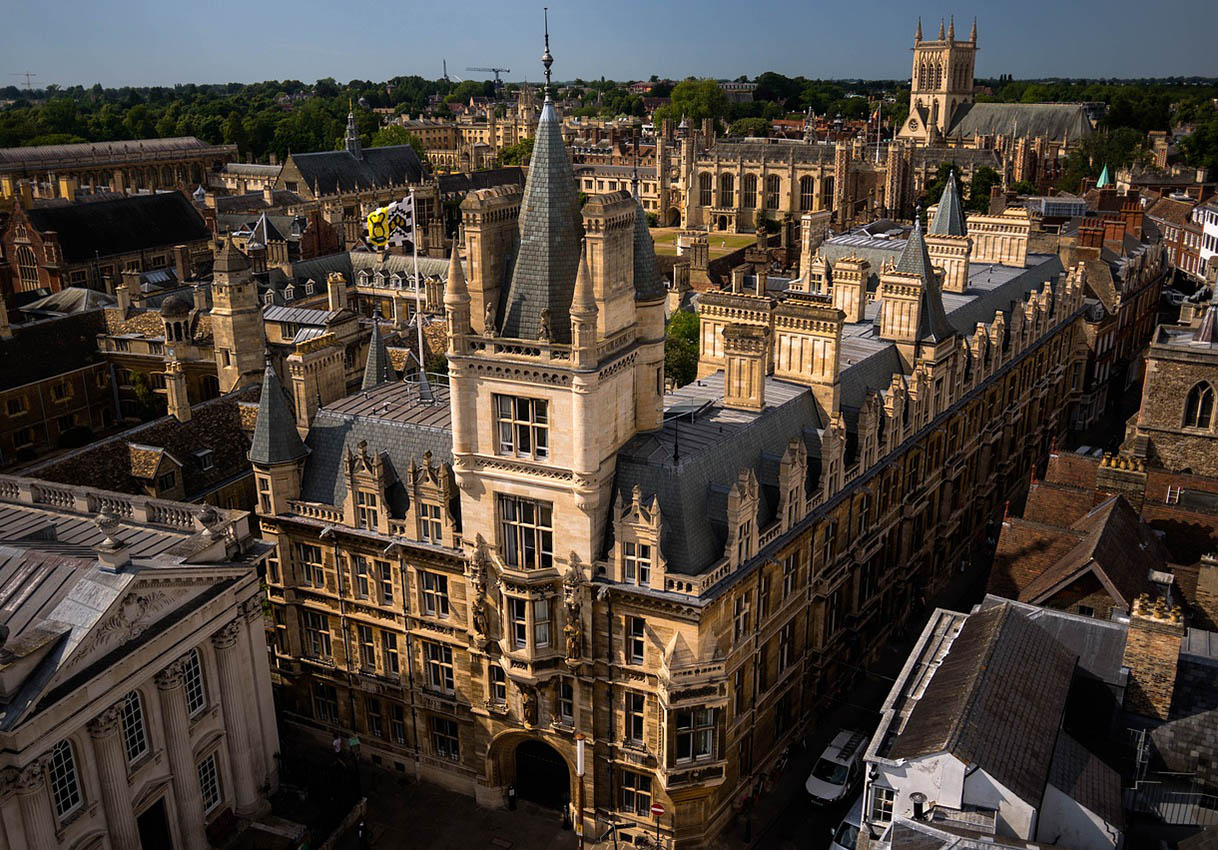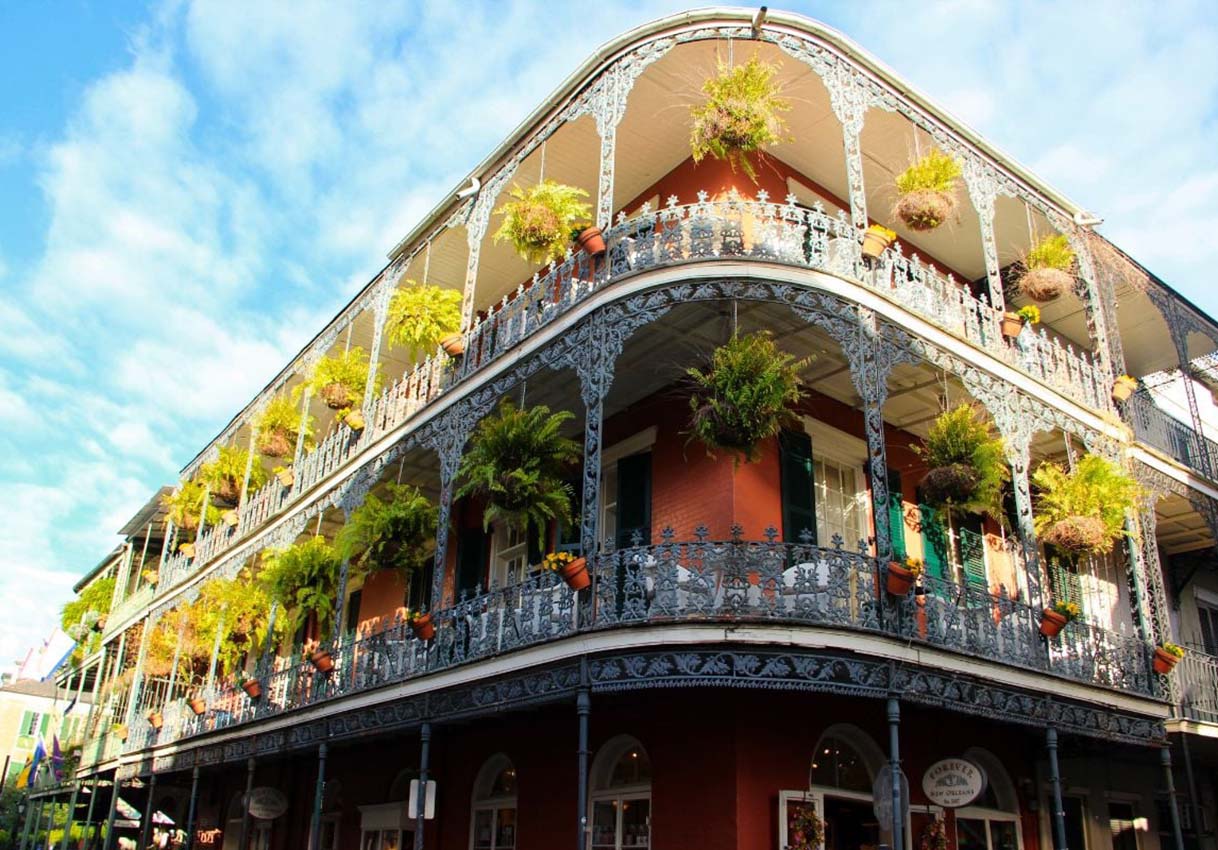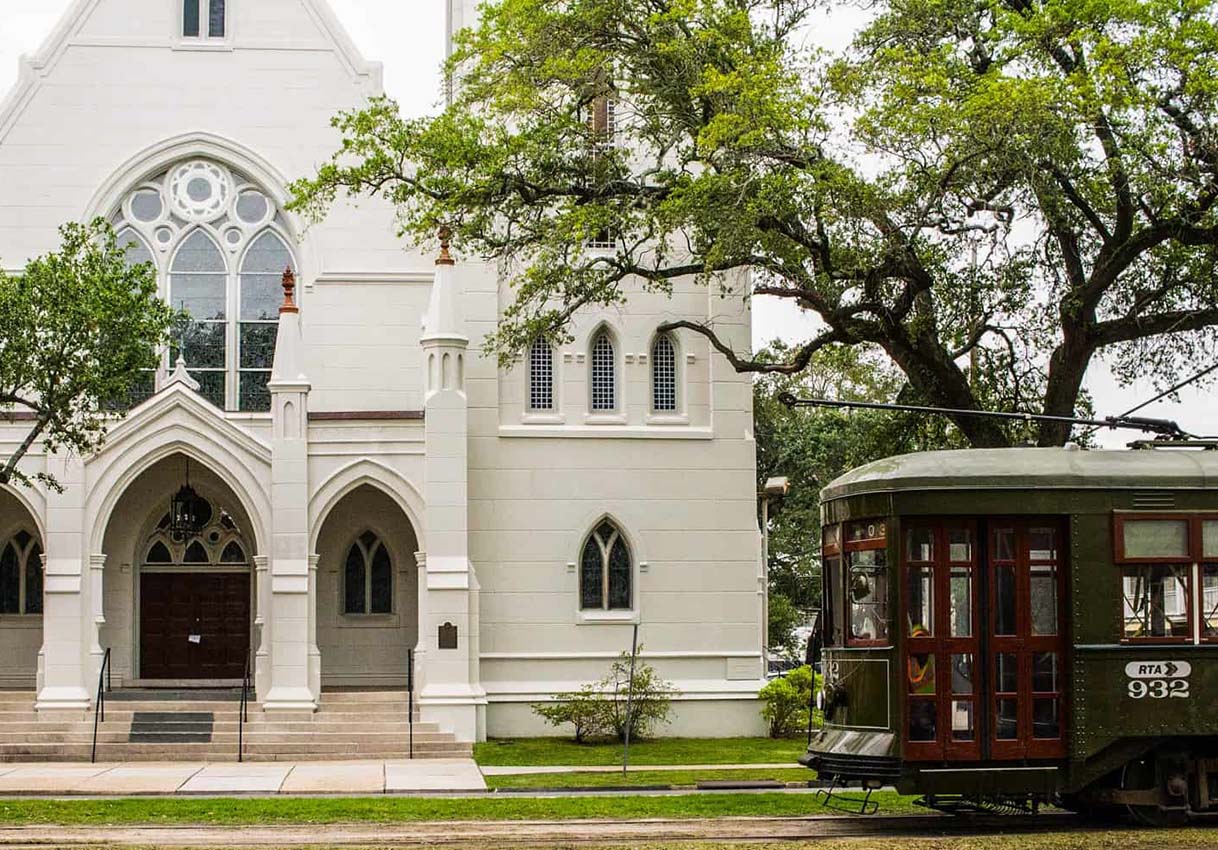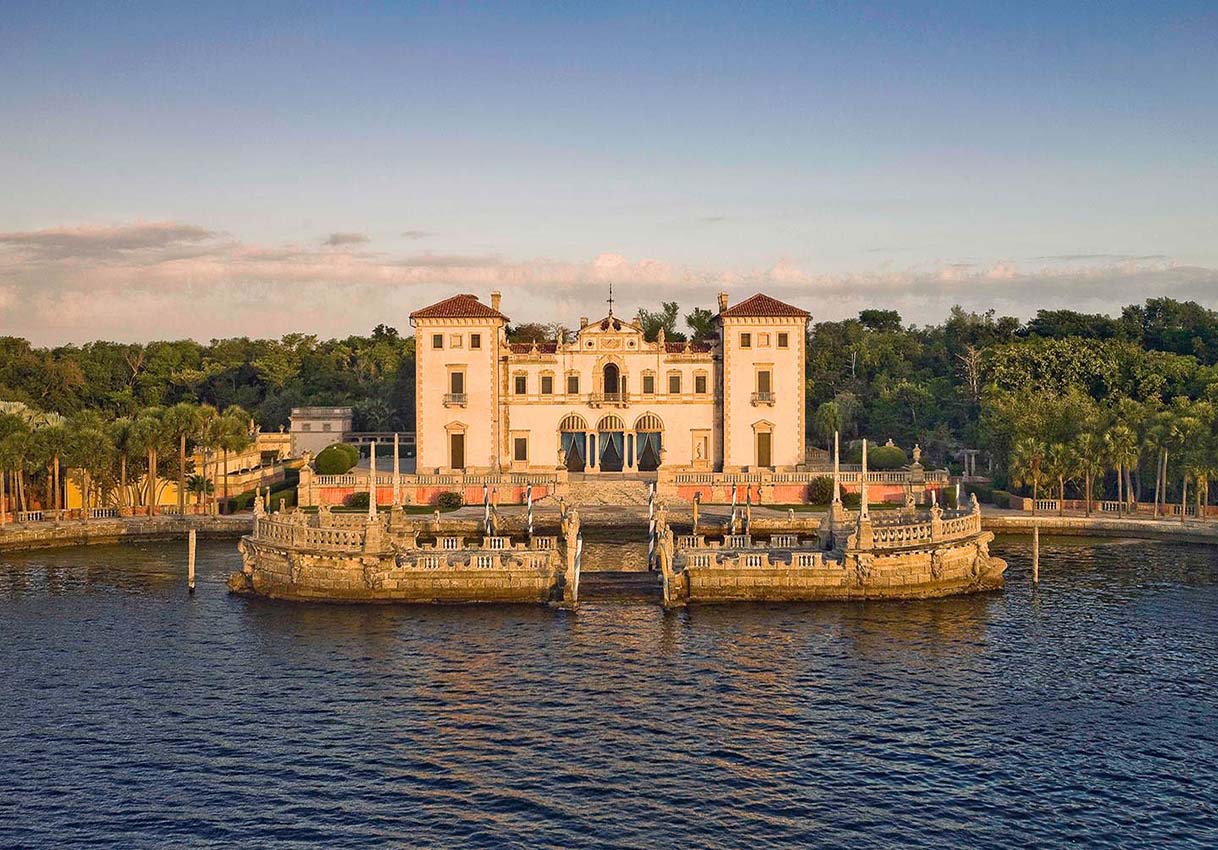My recent journey led me into the cultural heart of Cambridge, immersing myself in the enchanting world of its museums.
Embarking on the Artistic Odyssey: My Top Three Encounters
The Fitzwilliam Museum: “Diana and Actaeon” by Titian
Nestled amidst the cultural richness of Cambridge, The Fitzwilliam Museum stands as an enchanting repository of artistic treasures. Within its hallowed halls, the spotlight gracefully falls upon Titian’s magnum opus, “Diana and Actaeon,” a work that effortlessly captures the essence of Greek mythology and held me in rapt fascination. This masterful oil painting serves as a testament to the seamless fusion of colors and Titian’s adept manipulation of light, breathing life into the mythological narrative, prompting a cascade of contemplative thoughts.
Titian’s unparalleled ability to infuse emotion into his brushstrokes is nothing short of remarkable. The arresting intensity of the gaze exchanged between Diana and Actaeon, frozen in a moment of revelation, draws the observer into the very emotional core of the narrative. Each brushstroke seems to carry the weight of the characters’ emotions, creating a dynamic interplay that beckons the viewer to explore the intricate nuances of the myth.
Standing before this canvas, the vibrant hues and nuanced shading unveil a visual spectacle that transcends the mere depiction of a mythological tale. The goddess’s flowing robes and the interplay of shadows not only accentuate the characters’ physicality but also breathe an ethereal vitality into the scene. Titian’s mastery lies not just in his technical brilliance but in his ability to create an immersive experience that transcends the boundaries of time.
Upon closer examination, the subtleties within the painting reveal themselves—a testament to Titian’s meticulous craftsmanship. The emotions etched on the characters’ faces, the tension in their postures, and the atmospheric rendering collectively contribute to an intricate narrative that goes beyond surface-level observation. Each stroke seems to narrate a story within the larger myth, inviting the viewer to engage in a thoughtful dialogue with the artwork.
Titian’s “Diana and Actaeon” transcends its mythological origins to become a timeless exploration of universal human experiences. Beyond the canvas, it becomes a mirror reflecting themes of revelation, vulnerability, and the eternal interplay between the divine and mortal realms. The experience of encountering this masterpiece at The Fitzwilliam Museum transforms into more than just a visual feast; it becomes a profound journey into the very essence of human storytelling, immortalized through the strokes of a master.
As I departed from The Fitzwilliam Museum, the lingering resonance of Titian’s brushstrokes echoed within me. The encounter with “Diana and Actaeon” transcended the boundaries of a museum visit; it became a transcendent experience that continues to resonate, a testament to the enduring power of art to elicit contemplation and introspection.
Kettle’s Yard: “Three Trees” by Alfred Wallis
Tucked away in the enchanting ambiance of Kettle’s Yard, an artistic haven nestled in the heart of Cambridge, my attention was magnetically drawn to the unassuming yet profoundly moving masterpiece, “Three Trees,” crafted by the self-taught artist Alfred Wallis. In this sanctuary of creativity, Wallis’s work stood as a testament to the untapped power of unbridled imagination and the beauty that emerges when simplicity meets raw authenticity.
“Three Trees” invites observers into a world where the artist’s unadorned strokes and unpretentious details capture the very essence of maritime life with an innocence reminiscent of a child’s uninhibited view of the world. Wallis, unencumbered by formal training, brings forth a canvas that exudes a serene narrative, unfolding like a visual poem that speaks to the soul.
What distinguishes “Three Trees” is Wallis’s ingenious use of unconventional materials, a hallmark of his unbridled creativity. This artwork becomes a multi-layered tapestry, not confined to the canvas but extending into the very spirit of the creation. The deliberate yet seemingly haphazard arrangement of forms and colors serves as a testament to Wallis’s ability to channel his untamed artistic expression into a visual symphony that resonates with profound authenticity.
Standing before “Three Trees,” it becomes evident that this painting transcends the traditional confines of artistic boundaries. It resonates with an authenticity that beckons viewers to shed preconceived notions about art and immerse themselves in the unfiltered expression of creativity. Wallis’s creation is a celebration of the delicate interplay between simplicity and complexity, a reminder that impactful art can emerge from the unadulterated joy of creation.
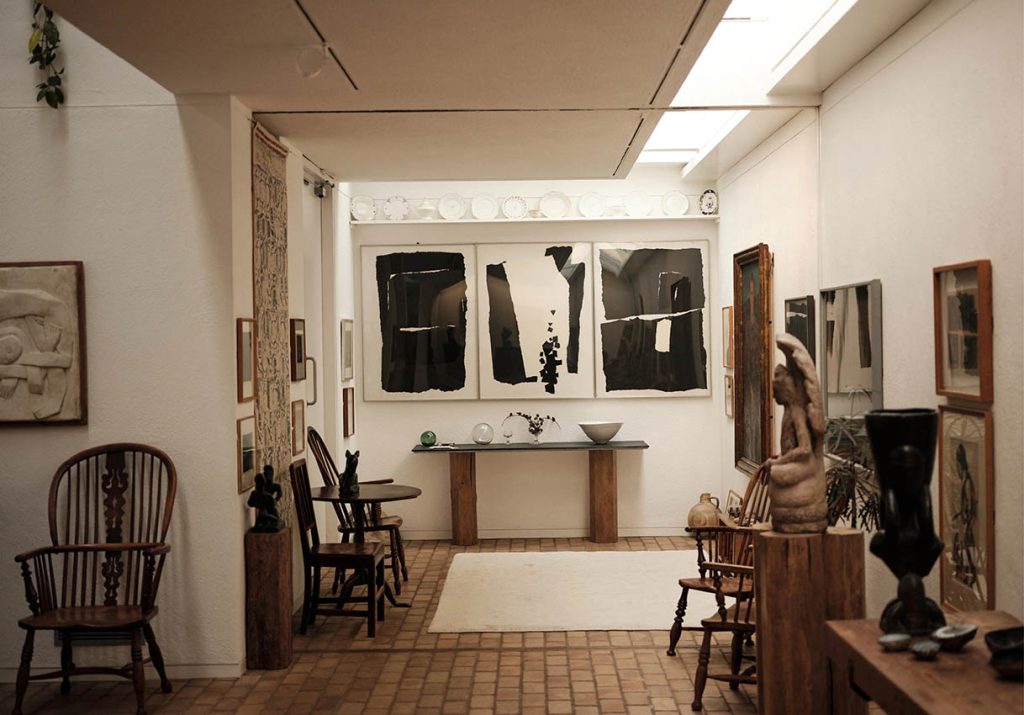
The raw strokes, the vibrant yet understated palette, and the overall composition contribute to the magnetic charm of “Three Trees.” Wallis’s childlike approach becomes a conduit for observers to reconnect with the untamed joy of creation, prompting us to appreciate art in its purest form—unburdened by rules or formalities.
“Three Trees” is not merely a painting; it is an invitation to traverse the unexplored realms of artistic expression. Wallis, with his untrained yet remarkably intuitive hand, beckons us to witness the transformative power of unbridled creativity. As I departed from Kettle’s Yard, the lingering resonance of “Three Trees” stayed with me, a testament to the enduring allure of art that defies convention and invites us into a world where authenticity reigns supreme.
The Polar Museum: “Endurance” by Frank Hurley
Nestled discreetly in the heart of Cambridge, The Polar Museum emerges as an extraordinary treasure trove dedicated to the captivating world of polar exploration. Within the confines of this hidden gem, the spotlight gracefully falls upon Frank Hurley’s masterpiece, “Endurance”—a mesmerizing series of photographs immortalizing Sir Ernest Shackleton’s Antarctic expedition. In the frozen tableau captured by Hurley’s lens, the harsh allure and unforgiving temperament of the icy wilderness unfold, providing a poignant glimpse into the triumphs and tribulations of exploration.
“Endurance” becomes a visual passport to the remote and untouched expanses of Antarctica, a realm where time stands still, and nature’s grandeur takes center stage. Through Hurley’s lens, the photographs transform into portals, allowing observers to traverse the surreal beauty and challenges of the Antarctic expanse. The images, stripped of embellishment, lay bare the raw essence of the polar landscape—a canvas against which the indomitable human spirit is tested against the breathtaking majesty of the frozen frontier.
Hurley’s photographic prowess transcends the role of a mere chronicler; it becomes a vessel for storytelling, capturing not just the external panorama but also the inner landscapes of endurance, resilience, and the relentless human pursuit of discovery. The visual narrative unfolds like a vivid diary, encapsulating the visceral experience of Shackleton’s expedition—celebrating moments of triumph while laying bare the stark realities of survival in one of the world’s most formidable environments.
These photographs, framed within The Polar Museum, are not mere images—they are windows into the resilience of the human spirit. They portray the unyielding determination of explorers confronted with the formidable challenges of the Antarctic wilderness. The stark contrast between the vast, icy wilderness and the unwavering faces of the expedition members creates a powerful juxtaposition, inviting viewers to contemplate the delicate balance between fragility and strength inherent in the pursuit of exploration.
Standing in the presence of “Endurance,” the photographs transcend their role as historical documentation; they become a testament to the intrinsic connection between humanity and the natural world. Hurley’s lens captures not only the external battles with the elements but also the internal struggles within the explorers—an evocative narrative that reverberates through time.
“Endurance” is not just a collection of photographs; it is an immersive journey into the core of exploration and the tenacity of the human spirit. Frank Hurley’s lens assumes the role of a storyteller, weaving a narrative that transcends the frozen confines of Antarctica, transporting observers to a realm where resilience harmonizes with majesty. Departing from The Polar Museum, the echoes of “Endurance” linger—a testament to the enduring capacity of photography to convey the untamed beauty and challenges of our planet’s most extreme landscapes.
Recommendations: Three Artistic Marvels Await
The Sedgwick Museum of Earth Sciences: “Darwin’s Fossil Mammals”
For enthusiasts of evolutionary history, the Sedgwick Museum is a treasure trove. “Darwin’s Fossil Mammals” showcases a collection of fossils pivotal to Charles Darwin’s groundbreaking theories. The intricate details preserved in these fossils provide a glimpse into the ancient world, making it a must-see for history and science enthusiasts.
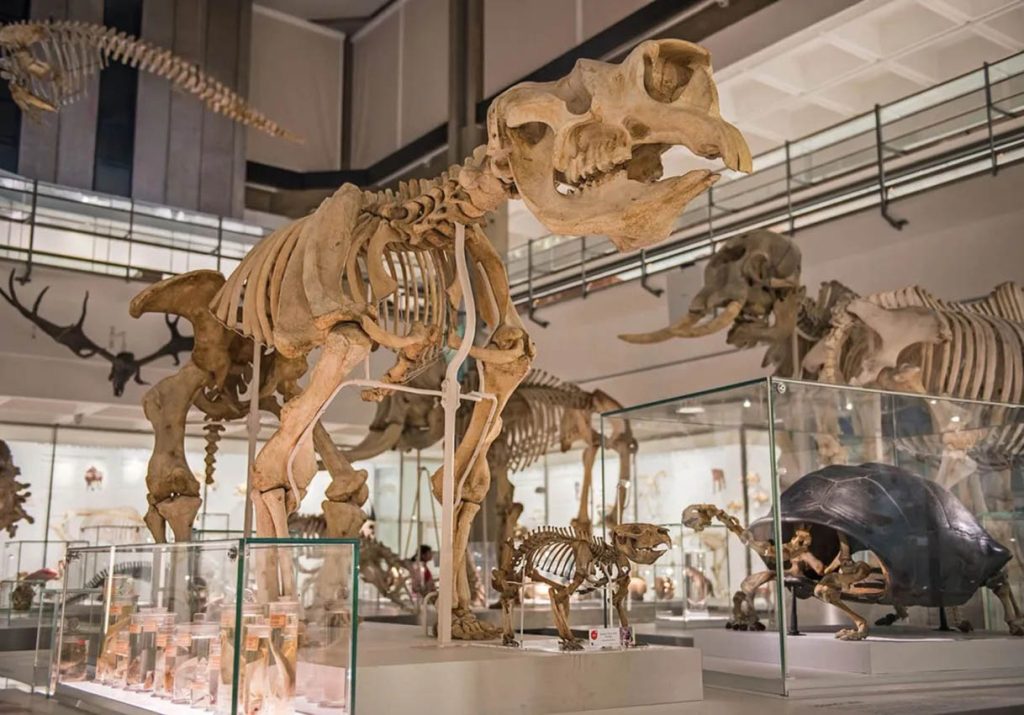
Situated on the University of Cambridge’s Downing Site, the Sedgwick Museum is easily accessible. Its extensive collection of fossils offers a captivating journey through the evolution of life on Earth.
The Cambridge University Botanic Garden: “The Bee Bench”
Amidst the natural splendor of the Cambridge University Botanic Garden, “The Bee Bench” stands as a fusion of art and environmental awareness. Crafted by artist Tim Hunkin, this interactive sculpture raises awareness about the vital role of bees in our ecosystem. Its educational significance, combined with its artistic appeal, makes it a unique and thought-provoking installation.
The Bee Bench is strategically placed within the Botanic Garden, allowing visitors to appreciate both its artistic value and its message on the importance of preserving biodiversity.
The Whipple Museum of the History of Science: “Quadrant and Astrolabe”
Delve into the captivating history of scientific instruments at the Whipple Museum, where “Quadrant and Astrolabe” takes center stage. This exhibit showcases instruments used in medieval navigation and astronomy. The intricate craftsmanship and historical significance of these instruments provide a captivating insight into the evolution of scientific tools.
Situated on Free School Lane, the Whipple Museum offers a nuanced exploration of scientific history. Its collection, including the featured Quadrant and Astrolabe, provides a captivating journey through the milestones of scientific discovery.
Traversing through Cambridge’s museums was akin to embarking on a journey where time, history, and creativity harmoniously converged. The classical grandeur of The Fitzwilliam Museum, the bohemian charm of Kettle’s Yard, and the icy allure of The Polar Museum painted a vivid tapestry of artistic expression. Each museum, with its unique offerings, contributed to a holistic understanding of Cambridge’s cultural heritage.
Navigating these cultural hubs was made seamless by the city’s efficient public transportation system. Buses and bicycles offered a convenient means of reaching these cultural gems, and well-marked routes ensured I never felt lost in this intellectual haven. The geographical layout of Cambridge, with its compact yet diverse cultural destinations, allowed for a harmonious exploration of art and history.
While exploring, I discovered that most museums offered student discounts, a welcoming gesture for travelers on a budget. The ease of accessing these discounts added to the overall affordability of the cultural experience in Cambridge. Additionally, many museums had collaborated with online platforms, making it convenient to book tickets in advance and skip the queues, ensuring more time for uninterrupted immersion in the artistic offerings.
Cambridge’s museums beckon travelers into a world where creativity, history, and scientific inquiry converge. From the classical masterpieces of The Fitzwilliam Museum to the unbridled expressions in Kettle’s Yard and the compelling narratives of The Polar Museum, each institution adds a layer to the city’s cultural richness.
As I reflect on my journey through these artistic havens, I’m left with a profound appreciation for the way Cambridge preserves and showcases its heritage. The museums, each a custodian of a different facet of knowledge, offer a kaleidoscopic view of the city’s intellectual legacy. Navigating through these cultural landscapes has not only enriched my understanding of art and history but has also left an indelible mark on my travel narrative.
Cambridge, with its intellectual allure, continues to be a destination that beckons the curious traveler to unravel its cultural treasures. The museums, with their meticulously curated exhibits and thought-provoking installations, serve as gateways to a world where the past and present intertwine in a harmonious symphony of artistic discovery.
